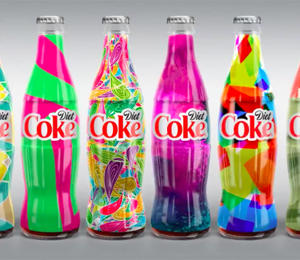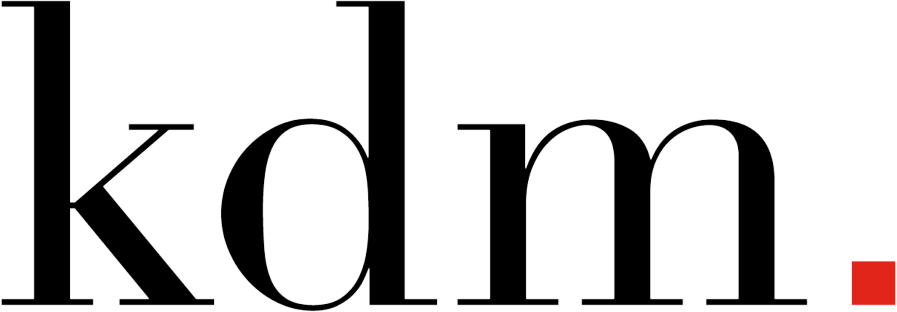
How Digital Printing Benefits Brand Marketers
Digital Printing technology has now evolved to cater to the retail landscape. This evolution of digital printing has opened up many possibilities for brand marketers and business owners. With the efficient digital printing process, marketers can introduce a new brand design, test new markets, and execute tasks more frequently. They can create locally targeted campaigns and improve the time it takes for a product to market while reducing production costs.
What Is Digital Printing?
When someone talks about digital printing, they refer to the printing method where a digital-based image is printed directly to various media. Typically this digital-based image comes in a PDF file and goes right to the media, such as printer paper. There is no need for printer plates; this allows for setup time to be significantly shortened. Digital printing is commonly used when printing labels, logos and is designed for many types of paper, packaging, and more.
Significant Aspects Of Digital Printing
Digital printing technology has come a long way since its early days twelve to fifteen years ago. This print method, whether large format or small format, has overcome many of its’ initial limitations:
- Quality. Today’s technology offers print quality that competes with offset printing.
- Color Matching. Digital color matching is now highly accurate thanks to the addition of hexachrome colors like orange and green.
- Color Gradations. Smooth gradations and flesh tones are possible with a suite of light cyan, magenta, yellow and black inks as the standard.
- Dot Gain. The newest digital printing presses have little to no dot gain and can reproduce fonts as small as 4 pt.
- Production Costs. While flexography, offset, and screen printing methods are typically less expensive on longer press runs, the break-even points between those technologies and digital printing have gone up considerably. Digital printing is now more competitive than ever.
- Speed. The digital printing process has always required fewer steps because there is no need for screens, plates, and special inks. The ability to print direct to substrate via flatbed presses is a considerable time saver.
- Lightfast. Today’s UV inks used by digital printers last longer in outdoor settings and expand on the possibilities for more unique and creative substrate material choices.
How Is Digital Printing Done?
The digital printing process works as a media to be printed on is loaded into the printer. From there, the image or design is transferred to the media as it travels under the print head one or many times. The print head distributes ink in different amounts and colors to transfer the design. This process can occur in very small-scale situations like home printing and can also be utilized for larger jobs with the suitable machines available.
What Are The Specific Benefits Of Digital Printing?
We have seen the use of digital printing rise in just about every facet of the retail environment: signage, graphics, point-of-purchase (POP) materials, and even packaging. Marketing Executives, Print Buyers, and Store Planners are in a great position to tap into this technology as a tool for addressing the need to create an incredible “customer experience” at the retail level.
New Product Testing
Retailers are dedicating more shelf space to private labels and CPG companies are under increased pressure to launch new products and, at the same time, differentiate their products to stand out at the shelf. Digital printing allows CPG’s to test new products in multiple markets and experiment with new packaging concepts more frequently and with greater speed and flexibility.
Customization for Target Markets and Events
To be considered relevant with consumers, customized campaigns are needed to support local demographics. Beyond simple copy changes, variations in language, imagery, and compliance with local regulations are requiring brands to completely rethink POP materials and even packaging for each market they support.
Personalization and Variable Data
Personalized label printing via digital printing technology made it possible for Coca-Cola to launch their very successful, personalized brand campaign, “Share a Coke” which involved over 800 million personalized contoured bottle labels distributed across 32 countries with the 250 most popular first names substituted for the iconic Coca-Cola logo.
They also ran a successful campaign in which Diet Coke created 2 million unique bottle labels in bright, vibrant colors and modern designs. They used an algorithm to create the varied designs, which could then be printed digitally (on an HP Indigo press). This campaign focused on the individuality and personalization of their customers, giving them the ability to purchase Diet Coke as extraordinary as they are.
Improvements in Supply Chain Management
Digital printing allows brands to take advantage of just-in-time manufacturing, producing only what is needed when it is required. This enables them to minimize their up-front investment and also minimize waste. In a business where speed-to-market is critical, this can be a significant competitive advantage.
Blending Print with Technology to Create Interactive Experience
With the proliferation of smart devices, brands have new opportunities to engage their consumers. QR codes, near-field communication (NFC), and augmented reality, among others, are helping marketers bridge the gap between their in-store and online presence. Digital printing provides the opportunity to create multiple, unique interactive experiences. Whether used as part of a promotion, to foster loyalty, or for another purpose, varying the experience can help drive engagement.
